Peace Lily / Spathiphyllum Plant
₹489.00 Original price was: ₹489.00.₹125.00Current price is: ₹125.00.
Out of stock
Email when stock available
Size: Single Plant | 2.5 Pot Included
Peace lily is a perfect plant to grow under shade or low light areas. For its proper care make sure to place it in a location that receives bright indirect sunlight. If this plant is exposed to direct sunlight, it gets sunburnt very easily and starts to turn brownish.
Shipping Mode: Bare root plant will be send
Plant size: Well rooted plant without flower
How to Plant, Transplant, and Divide Peace Lilies
- Use a well-draining, all-purpose potting soil. The soil should be able to hold moisture and dry out slowly over time. Peace lilies don’t like to dry out entirely, but they also won’t do well if kept in soil that’s constantly wet, as this fosters root rot fungus.
- Repotting the plant every few years in the spring is good for the peace lily, as it will appreciate the refreshed soil.
- Eventually, the peace lily may grow too large for its pot, at which point it can be divided. Remove the plant from its pot and split it into smaller plants, being sure to leave several leaves per clump. Peace lilies grow from rhizomes, so it can tolerate a bit of tough treatment during dividing.
Can Peace Lilies be Grown in Water?
Yes, peace lilies can grow in water alone; they are often sold in vases without any soil. Ideally, the base of the plant should be suspended above the water line, either by a specially-made vase insert or a layer of small river stones. This allows the roots to grow down into the water, but keeps the base of the plant and its leaves from being constantly wet, which can cause rot.
Lighting
- Ideally, keep peace lilies in a spot that gets bright, indirect light. An east-facing window is perfect, as the plant will be exposed to the bright morning sun. A north-facing window would also be a good choice for a peace lily.
- Keep peace lilies out of areas where they’ll get direct sunlight all day (such as in a south-facing window), as it may dry them out too much.
Watering
- When it comes to watering, consistency is key. Keep the soil lightly moist to the touch, but not overly saturated. Peace lilies can tolerate short periods of dry soil, but their leaves will start to develop brown tips if they don’t have enough water or humidity.
- Tip: One nice thing about peace lilies is that they will tell you when they’re thirsty: the plant’s leaves start to droop. When the plant starts to look less “perky” than usual, test the soil with your finger. If it feels dry, it’s time to water again.
- Peace lilies are sensitive to chemicals commonly found in tap water, such as fluoride, which may cause brown leaf tips. Use filtered, room-temperature water, if possible.
Humidity
- Peace lilies enjoy high humidity. Misting their leaves or placing their pot atop a moistened tray of gravel can help to increase humidity around the plant.
Fertilizing
- Peace lilies are not heavy feeders, so fertilize only occasionally. To encourage spring and summer growth, fertilize every 6 weeks or so with a balanced houseplant fertilizer starting in late winter.
Temperature
- Peace lilies are a tropical plant, so keep them in temperatures above 60°F (16°C) and away from cold, drafty windows. They do best in temperatures upwards of 70°F (21°C).
Other Care
- The large leaves of peace lilies tend to collect a lot of dust in the home. Gently wipe them down with a wet paper towel occasionally; a thick layer of dust can inhibit photosynthesis.
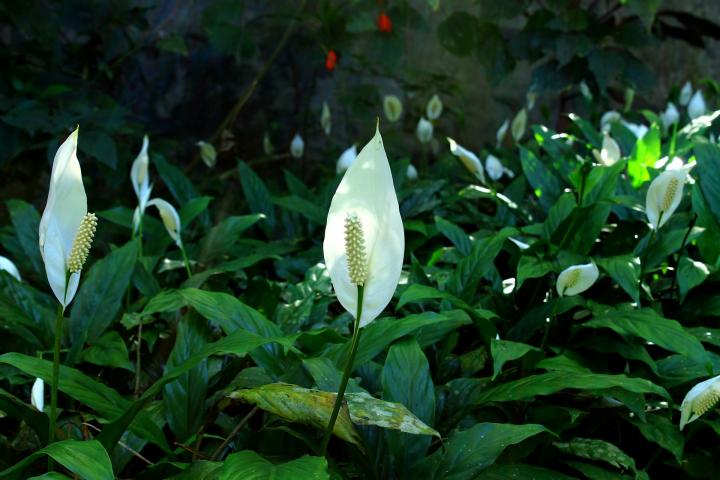
How to Get Peace Lilies to Flower
- Most often, if no flowers are appearing, the plant is not getting enough light. Peace lilies are very tolerant of low light, but “low light” doesn’t mean no light! To encourage flowering, move the plant to a brighter location, where it will receive bright, indirect light for at least a few hours each day.
- Green flowers, weak-looking flowers, or a general lack of flowers can also be caused by improper fertilizing. In the case of green flowers, cut back on fertilizing, as the plant may be getting too much nitrogen. In the case of weak-looking flowers or a lack of flowers, try switching to a fertilizer made for flowering plants. This type of fertilizer will have a higher amount of phosphorous, which plants need for blooming.
| Quantity |
|---|
Only logged in customers who have purchased this product may leave a review.
Related products
-
Peperomia Albovittata ‘Piccolo Banda’
Read moreBushy Plant | Free Shipping | Pot Included Peperomia Albovittata Piccolo Banda’ is definitely an eye-catching crowd pleaser distinguished by its thick, pale silvery-green leaves with dark green, sometimes purple tinged, heavy veining running in multiple bands down their length. Stems are a fleshy, succulent red. Green spikes of tiny flowers appear on long, thin, …
-
String Of Nickels (Dischidia nummularia)
₹250.00Original price was: ₹250.00.₹99.00Current price is: ₹99.00.Read moreSelling size: Well rooted plant in a Jiffy bag The string of nickels (Dischidia nummularia) is a vining succulent that is native to the tropical regions of Asia, India, and Australia. It is a type of epiphyte similar to orchids and air plants such as Tillandsia, meaning that in its native habitat, the string of nickels grows on other plants …
-
Dischidia nummularia (Pebble Beach/ Button Orchid)
₹655.00Original price was: ₹655.00.₹375.00Current price is: ₹375.00.Rated 5.00 out of 5Add to cartPlant Size: Single plant | 2.5″ Pot Included | Free Shipping Dischidia is an epiphytic small growing tropical succulent plant, related to a Hoya, with trailing stems. These plants grows on supports such as tree trunks or branches. Their stems may produce roots along the nodes to absorb nutrients and water and provide additional support …
-
Golden Pothos
₹355.00Original price was: ₹355.00.₹155.00Current price is: ₹155.00.Add to cartSelling size : Well rooted plant | 2.5″ pot included The Pothos is the king of easy growing. With its lush heart-shaped foliage this trailing vine will impress you with its ability to drape beautifully over a shelf or hanging basket and liven up any room. Although the Pothos enjoys plenty of indirect sunlight, they …
-
Philodendron Mican plant
₹650.00Original price was: ₹650.00.₹249.00Current price is: ₹249.00.Add to cartSelling size: Well rooted plant | Pot Included | Free Shipping The philodendron oxyacardium black is the brooding hero of your houseplant movie. This stunner has dark moss green leaves, with red undertones. This climber has heart-shaped leaves strung delicately on a vining stem that will elevate any space it is placed in. Lights, Water, …
-
Philodendron Xanadu
₹450.00Original price was: ₹450.00.₹189.00Current price is: ₹189.00.Rated 5.00 out of 5Read moreSelling size:Well rooted plant | 2.5″ Pot Included Winter Orchid Requirements: Growing Orchids During Winter It will form a dense clump of beautifully lobed leaves and will tend to grow wider than taller. The Xanadu philodendron houseplant can grow to 2 to 4 feet tall (0.6 to 1.2 m.) and up to 4-6 feet (1.2 …

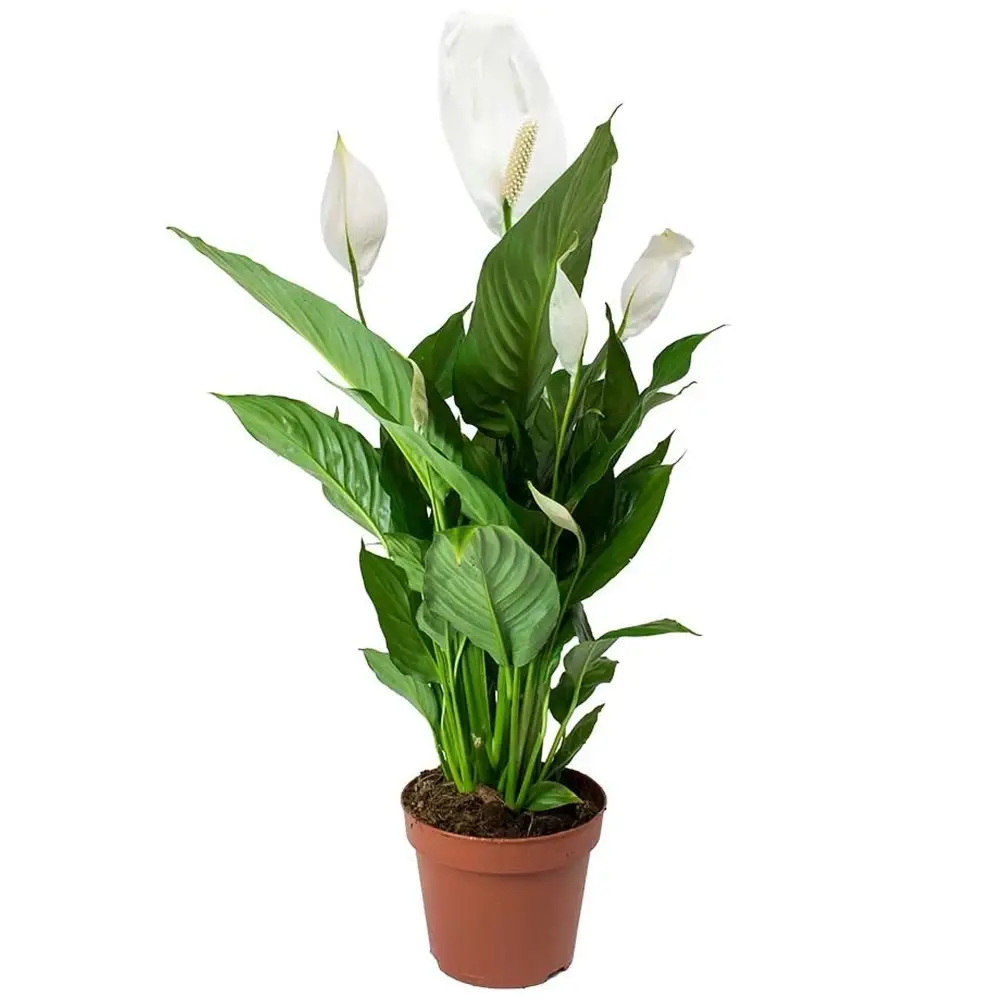

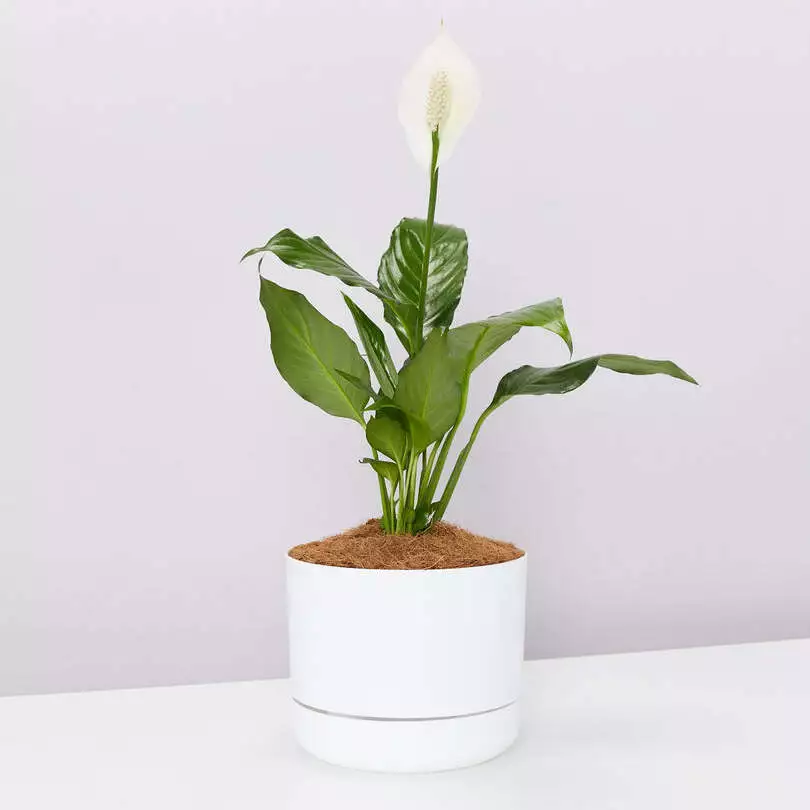
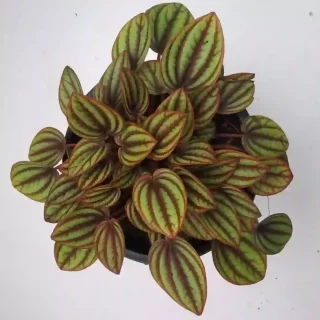
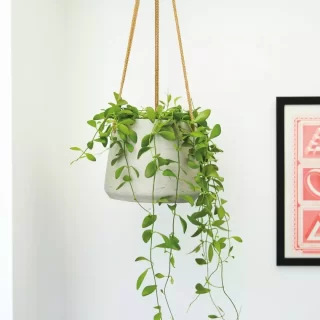
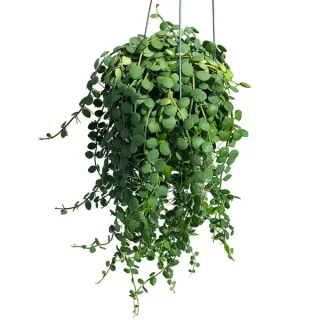
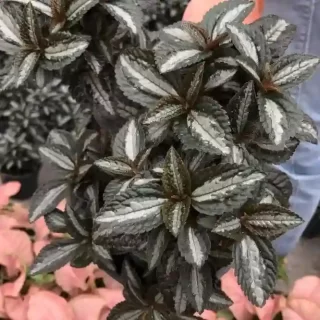
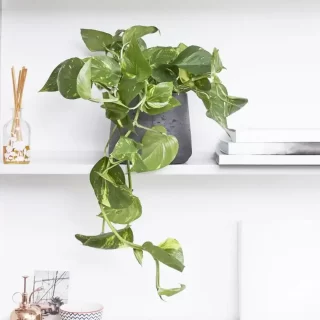
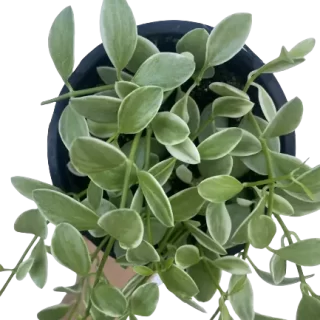
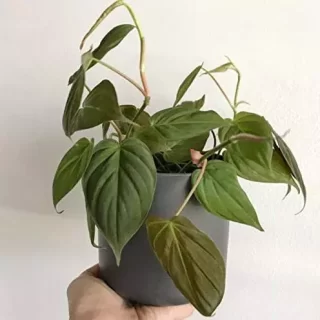
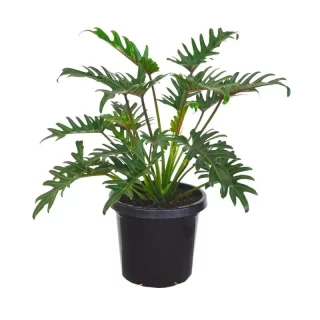
 If you need any assistance, I'm always here. Have you found what you were looking for?
If you need any assistance, I'm always here. Have you found what you were looking for?
Reviews
There are no reviews yet.